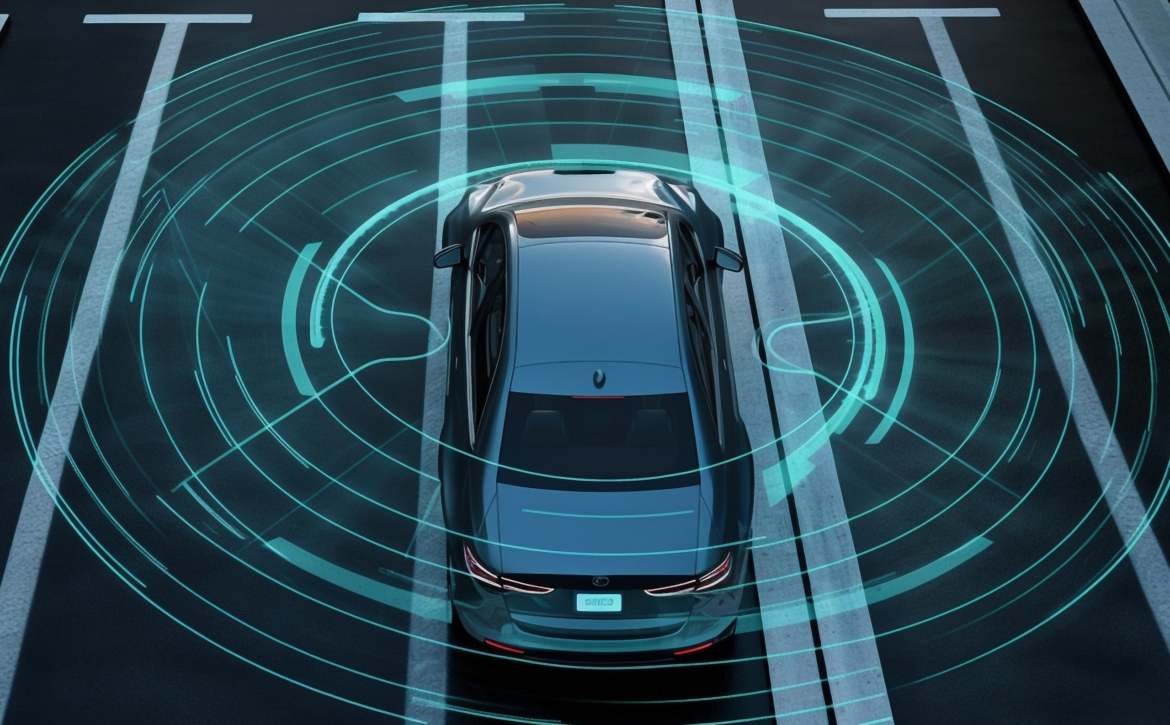
Do you bleed safety?

After I let my initial feelings subdued, the engineer in me wondered if there was any truth in an increased risk. I was able to find the yearly number of reported highway vehicle fires in the U.S. from a National Fire Protection Association (NFPA) report. This report states that in 1980 there were 456,000 reported vehicle fires, 415,000 in 1990, 325,000 in 2000, 184,500 in 2010 and 173,000 in 2020. Not only has there been a staggering reduction of 283,000 vehicle fires a year over this 40-year period, but also the number of vehicles, miles driven, and average age of vehicles have all increased. Additionally, in 1980 there were nearly zero vehicles with some form of propulsion coming from high voltage, in comparison to 2020 were there had been a total of 5.8 million electric and hybrid electric vehicles sold in the U.S., according to Oak Ridge National Laboratory. This was reassuring and made me proud of all those others in automotive that bleed safety.
I don’t fault the person that made this social media post. It’s more exciting to show a video of a car on fire in the middle of the highway, rather than a video of someone getting out of their car at the grocery store with the caption “human survives car drive”. It reminds me of one of my favorite signs I saw near the employee break room at a Home Depot that read, “Safety is when nothing happens”. When we do our job correctly, safety should be boring. As safety enthusiasts, we don’t thrive on awards, or fame, or to hit the mass media, but we are passionate and driven by safety; “safety is life”. Do you bleed safety?



